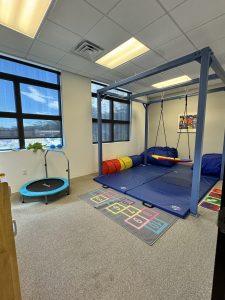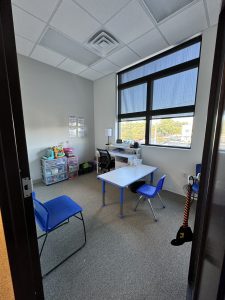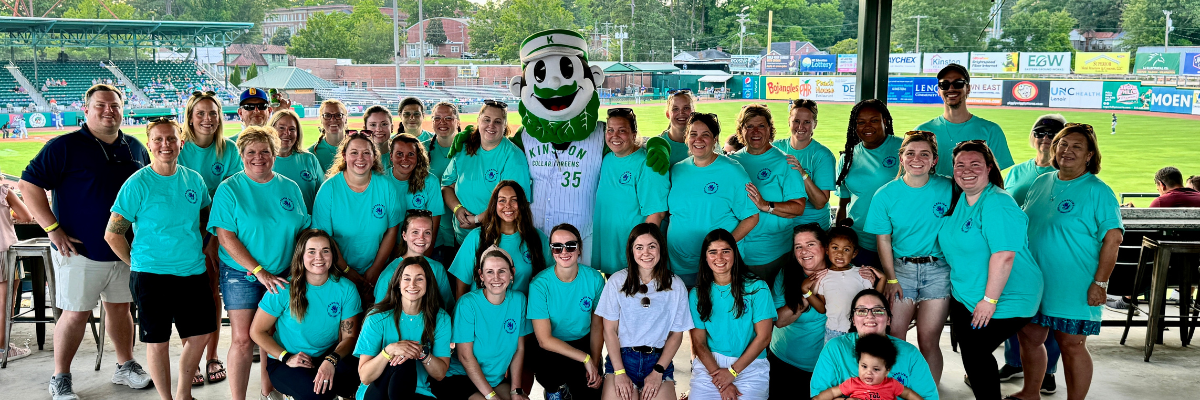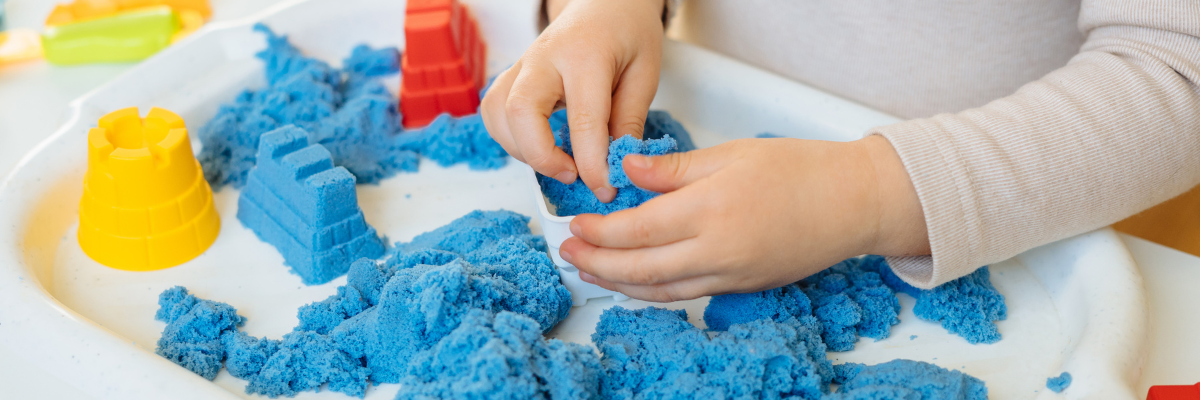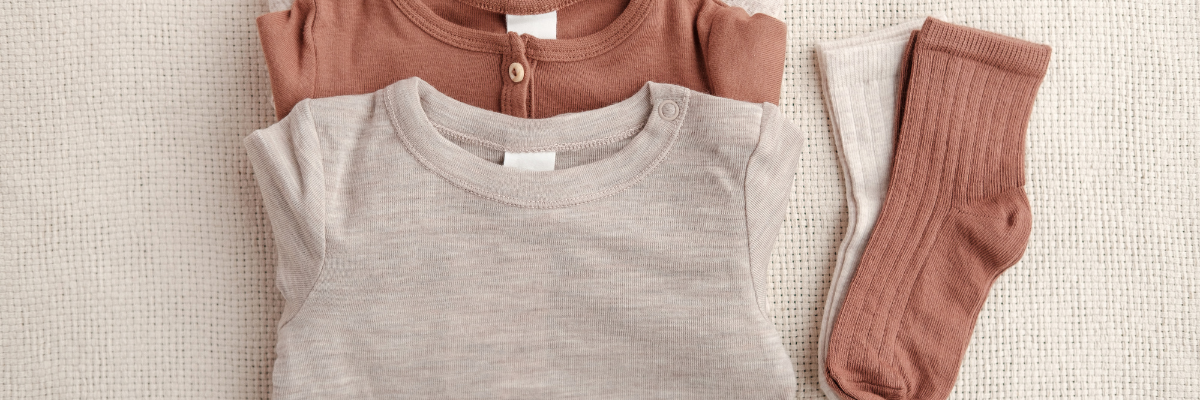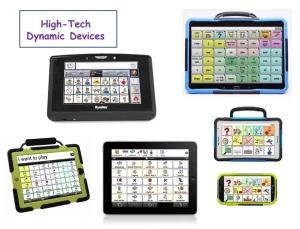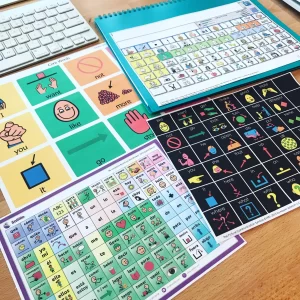Carolina Therapy Connection Now Offering Serial Bracing!
Sometimes, kids need a little extra help moving around. That’s where braces come in. Braces are special devices that can support different parts of the body, like hands, ankles, and more. They’re used to help kids get stronger and move better. For children facing mobility challenges due to conditions like cerebral palsy, muscular dystrophy, or injuries, the ability to walk and use their hands freely can significantly impact their daily lives. Serial bracing emerges as a crucial intervention in pediatric therapy, offering targeted support to help children walk better and enhance their hand function.
Understanding Serial Bracing for Kids
Serial bracing involves the use of specialized orthotic devices/braces designed to provide support and alignment to specific body parts over time. These braces are tailored to meet the individual needs of each child, addressing issues related to walking and hand function. By wearing these braces consistently and undergoing therapy interventions, children can experience improvements in their mobility and functional abilities.
Does Your Child Experience…
- Tight heel cords (toe-walking)?
- Tightness in the hand, wrist, elbow, or knees?
- Tight Muscles even after using orthotic braces?
Bracing can help support the hands, wrists, legs, ankles and feet!
Supporting Walking with Bracing
For children with conditions affecting their ability to walk, due to increased/decreased tone/range of motion, poor alignment, weakness, or structural abnormalities, serial bracing plays a vital role in promoting stability and proper alignment of the lower limbs. Many people have heard of braces like ankle-foot orthoses (AFOs) help support the ankle joint, correct foot alignment, and improve walking patterns. Over time, consistent use of braces combined with physical therapy can lead to improved ankle alignment and range of motion resulting in enhanced balance, coordination, and overall mobility. Even kids who toe walk can improve their walking patterns and decrease their toe walking through the use of leg braces.
Enhancing Hand Function through Bracing
Hand function is essential for children to perform daily activities independently, from writing and drawing to feeding themselves. Serial bracing offers support and alignment for children with conditions impacting hand function, such as cerebral palsy or brachial plexus injuries. Orthotic devices like hand splints or wrist-hand orthoses (WHOs) provide stability while allowing for functional movement. With regular use of these braces and targeted occupational therapy, children can develop better hand control, grip strength, and fine motor skills.
The Difference Between Serial Bracing vs. Serial Casting
Serial Bracing is similar to serial casting but is removable and easily custom-molded for the child in the clinic setting.
Benefits of Serial Bracing:
- Non-invasive
- Typically improves range of motion in 4-6 weeks
- Can be removed by caregivers for skin check, stretching, strengthening, bathing
- Can easily be remolded in 15-30 minutes per limb at home/clinic without special equipment
- Can be worn for all typical daily/nightly routines, including walking, running, sleeping, swimming, or bathing
The Turtle Bracing Difference
The turtle brace is a form of casting or splinting. It provides an amazing alternative option as opposed to traditional plaster casting. Braces are available to fit all shapes and sizes, from newborn babies to adults. They offer braces for the wrist and fingers, elbow, and ankle.
The turtle brace is a moldable brace that is heated up and then applied to the treated area, which is fastened with a zipper. Once it is positioned, it begins to harden as the brace cools. Once the brace hardens, it is good to go!
The nature of the fabric allows it to be reshaped many times without losing its qualities, which is beneficial to making adjustments for children growing, serial casting adjustments, and other requirements. You can get the turtle brace wet – wear the turtle brace in the shower, bath, or the beach, and it will dry!
What makes Turtle Braces so amazing?
- It is lightweight and comfortable.
- It is waterproof.
- It provides an easy zipper to assist with the removal.
- It can be removed if there is a problem, for example, a pressure area, or a child is struggling and needs a break. The brace can be removed without compromising the cast or the treated joint.
- It is re-moldable with the application of heat and can transform back to its original shape!
More from the Turtle Brace manufacturer

*Turtle Brace Website
Customized Care for Optimal Results: I’m Interested in Turtle Bracing, How Do I Get Started?
Each child’s journey with serial bracing is unique, requiring personalized care and attention. Turtle Braces are custom-made to fit the child’s body comfortably and effectively. Moreover, therapy interventions are tailored to address specific goals and challenges, ensuring comprehensive support for walking and hand function.
- If you are a NEW patient of ours and are interested in Turtle Bracing, contact us and mention you would like Turtle Bracing. Our referral coordinator will meet you with one of our certified and trained therapists for an evaluation. She will also walk you through the insurance process to determine coverage for braces.
- If you are a CURRENT patient of ours and are interested in Turtle Bracing, talk with your current therapist about this option! Our referral coordinator will be in touch to walk you through the insurance process to determine coverage for braces.
Empowering Children for Success
The benefits of serial bracing extend beyond physical improvements; they empower children to participate more fully in daily activities and social interactions! By gaining greater independence in walking and hand function, children can experience increased confidence and self-esteem. Moreover, improved mobility opens up new opportunities for exploration, learning, and participation in recreational activities.
Through a combination of customized bracing and therapy interventions at Carolina Therapy Connection, children can overcome mobility challenges and achieve greater independence in their daily lives!
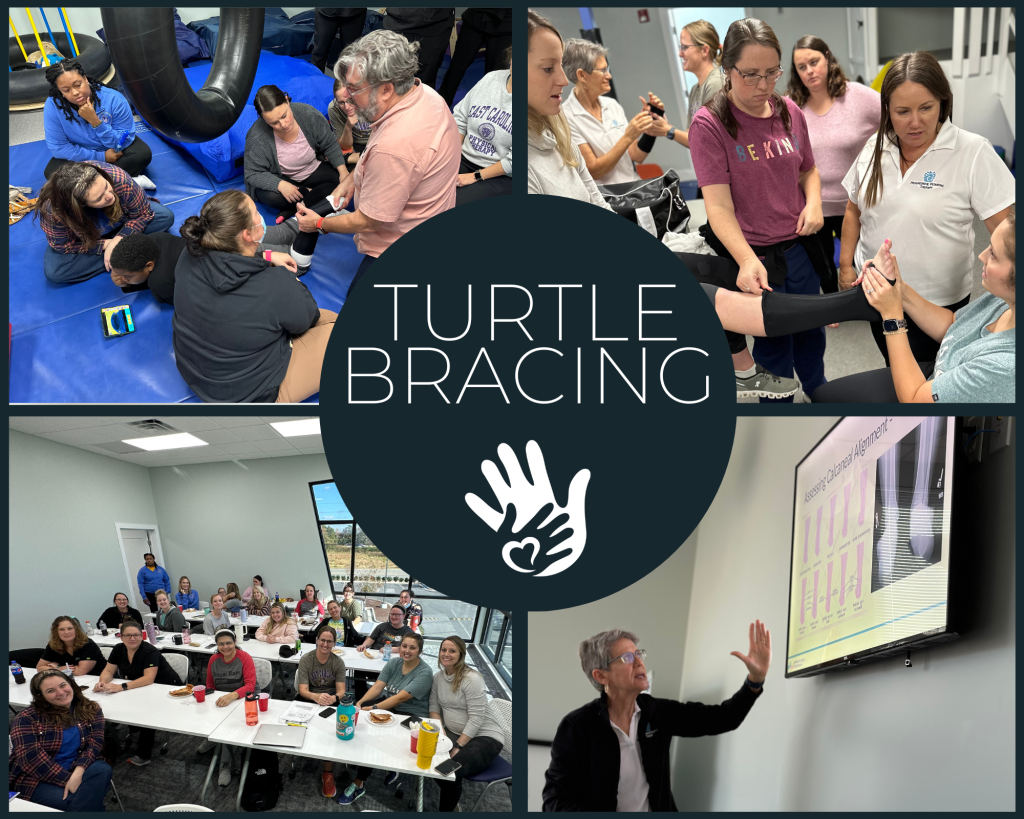
Written By: Cindy Taylor
